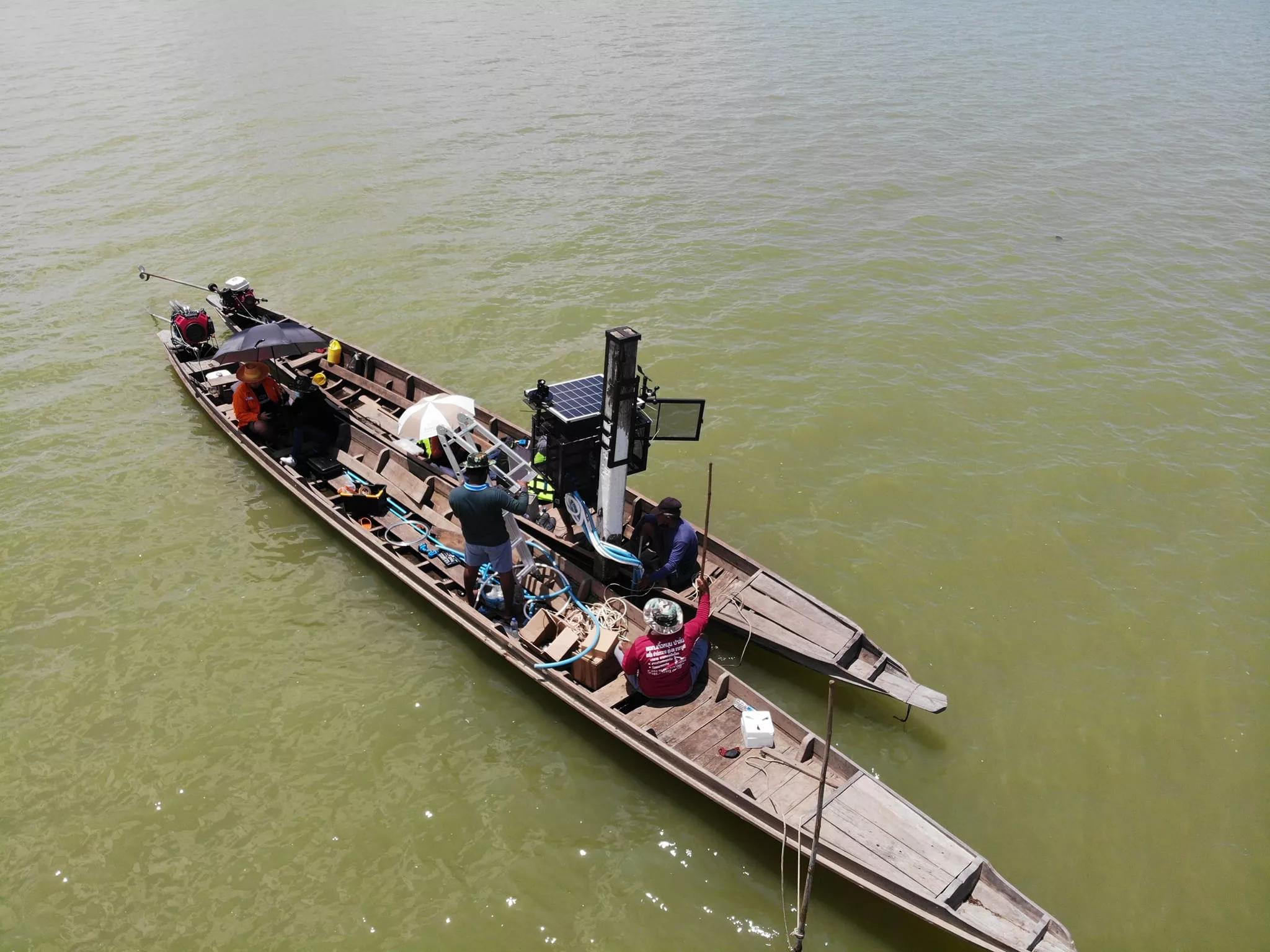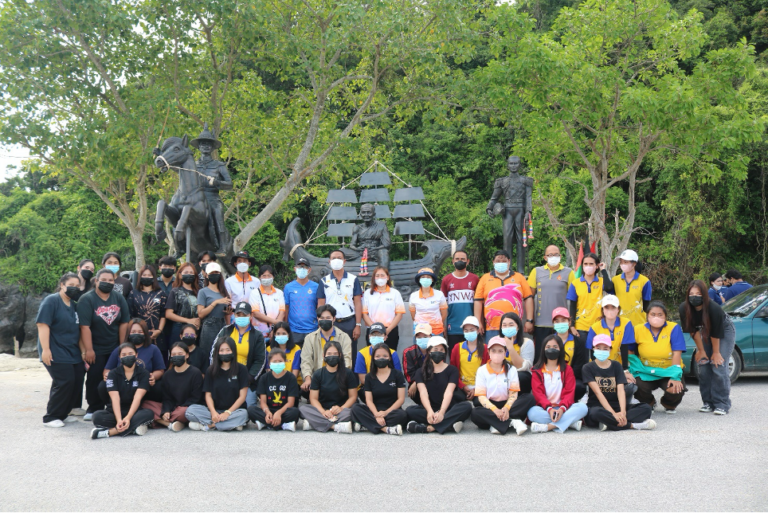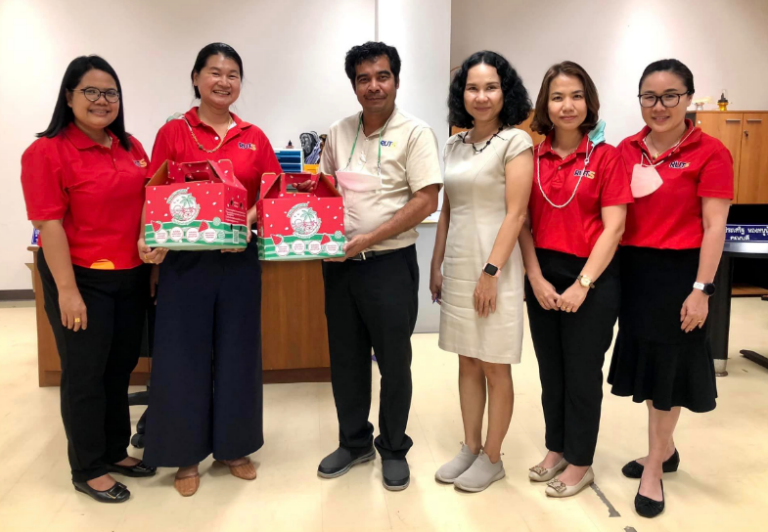Reporters : Asst.Prof.Dr.Natapon Kaewthong, Asst.Prof.Chayanat Buathongkhue, Dr.Prasert Nonthakarn, Mr.Tanakorn Inthasuth.
Indicator : 13.3.2, 13.3.4
Date : 25 Mar 2022
Our workplace in the middle of the sea is full of diversity and fascination. We focus on measuring salinity using IoT technology:
- Checking Water Quality: To preserve the marine environment and maintain sea water quality. The IoT helps in monitoring water parameters such as salinity, temperature, and purity.
- Environmental Conservation: By monitoring seawater conditions and salinity levels through IoT, we can support environmental preservation and marine conservation efforts.
- Sea Exploration: Through IoT, data from the sea can be transmitted to databases for analysis and marine research.
- Predicting Sea Weather: By collecting data from sea sensors via IoT, it aids in predicting crucial sea weather conditions.
The use of IoT to measure sea water salinity is essential for marine environmental conservation our understanding of sea conditions. Data is collected in real-time, allowing for effective long-term responses to marine-related challenges.
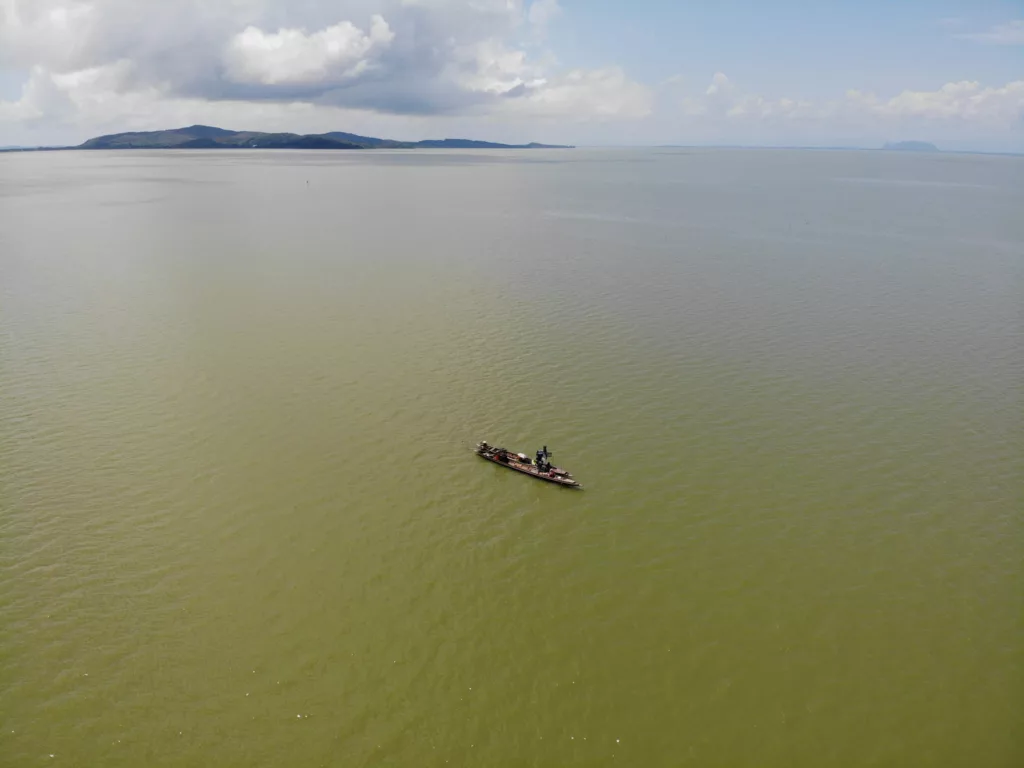
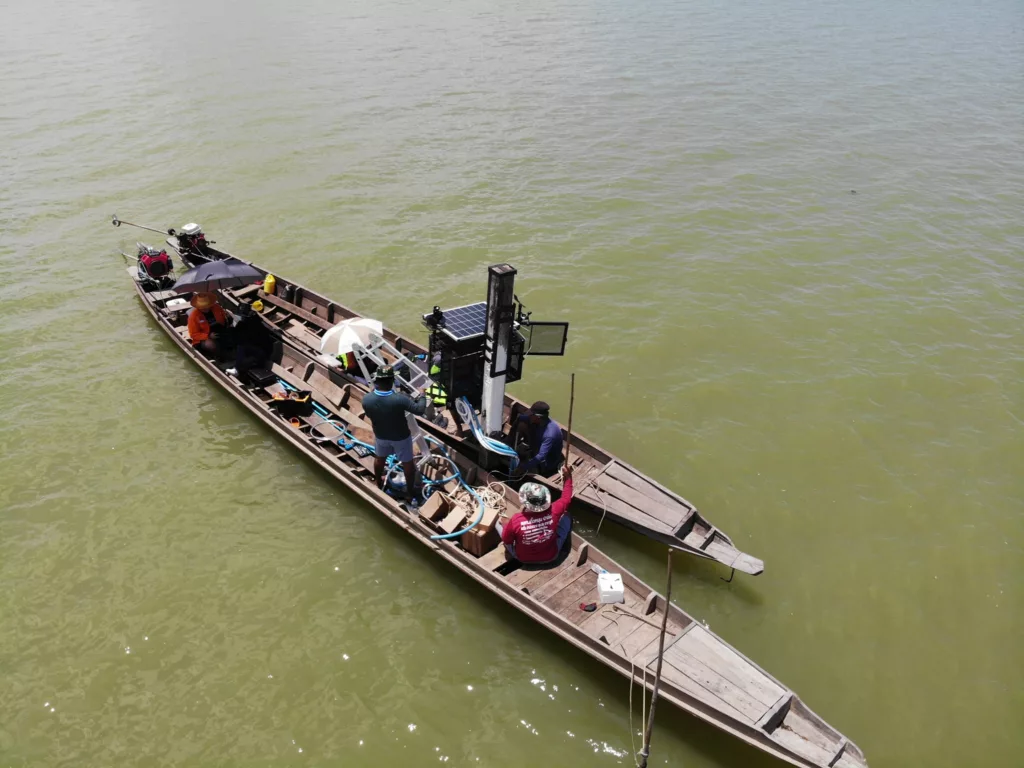
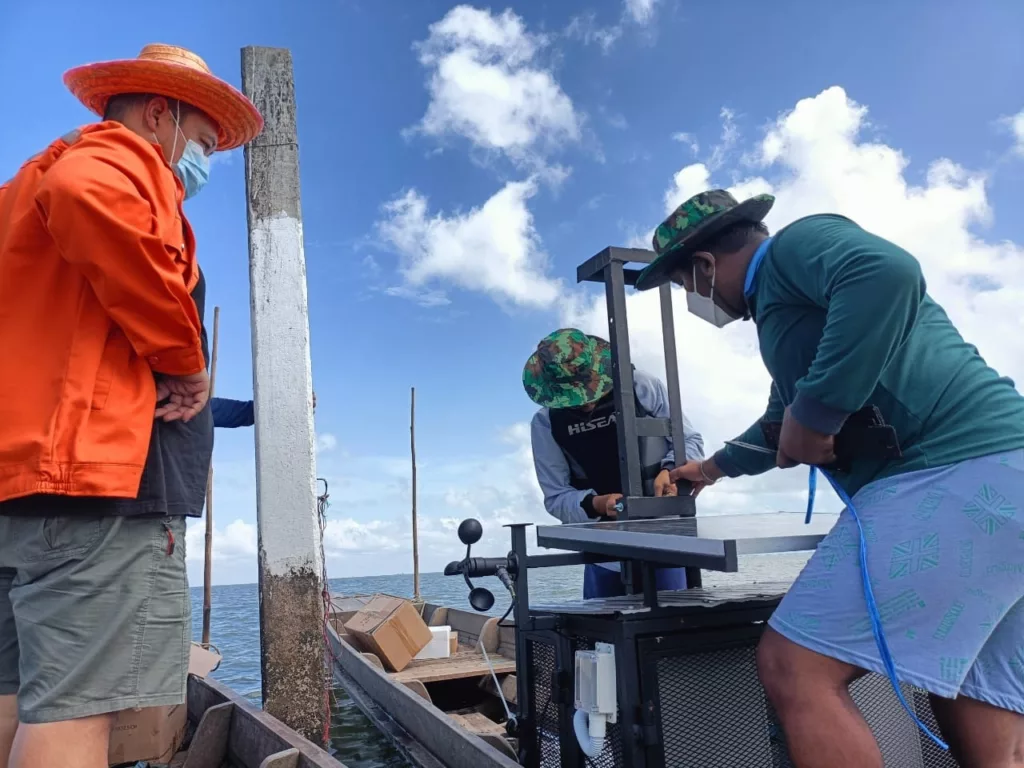
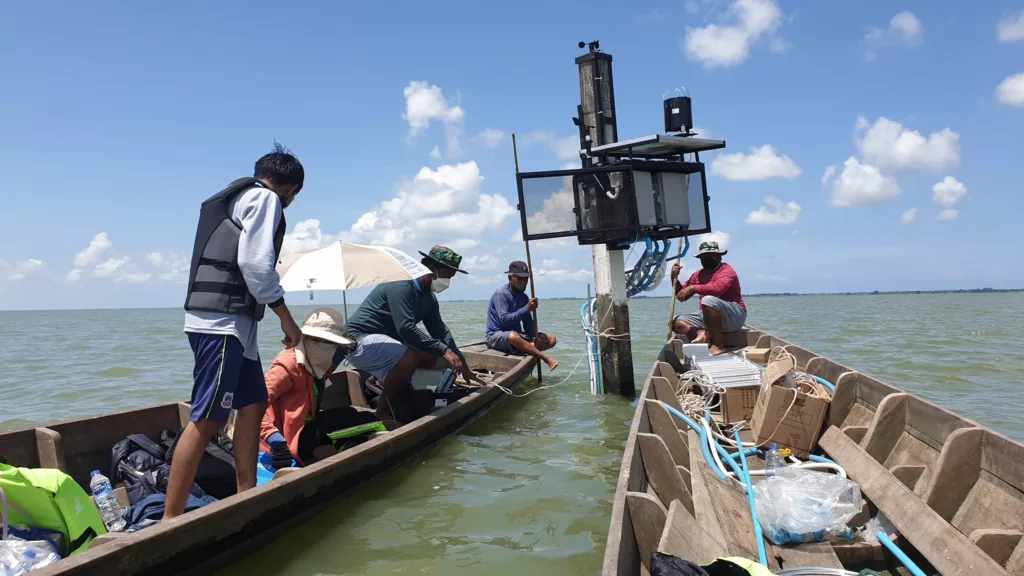
Using IoT to measure the salinity of seawater and harnessing energy from solar panels is both possible and highly beneficial in several aspects, particularly in environmental preservation and enhancing our knowledge of sea conditions. Here’s how the use of IoT for measuring seawater salinity and utilizing solar panel energy can be achieved:
- Sensor Placement: Sensors used for measuring seawater salinity need to be installed at the desired monitoring locations. Generally, these sensors must be connected to IoT devices to transmit data.
- Utilizing Solar Technology: Solar panels serve as a source of energy for the IoT system and sensors without relying on external electricity sources. This is a sustainable approach, suitable for locations lacking nearby electrical power sources.
- Wireless Data Transmission: Data collected from the sensors is wirelessly transmitted to the IoT system, which may involve transmitting data through telecommunications systems or the internet.
- Security and Data Storage: Data sent from the sensors must be encrypted and securely stored to prevent unauthorized access and data loss.
- Data Analysis: Data received is analyzed within the IoT system to provide information about seawater salinity. This data can be transformed into valuable insights for ocean exploration, governance, or scientific research.
Leveraging IoT for measuring seawater salinity and harnessing solar panel energy is an effective way to monitor and control sea conditions efficiently while reducing environmental impact and long-term costs.
Related Link :
https://web.facebook.com/knatapon.rmutsv/posts/pfbid02wxRkPSWQMX3ZwGJVTqyf5ZAQ3qa8K6ytyGEQcDp6efTXGpEpTH4CbSj3BzPqwb2ml

